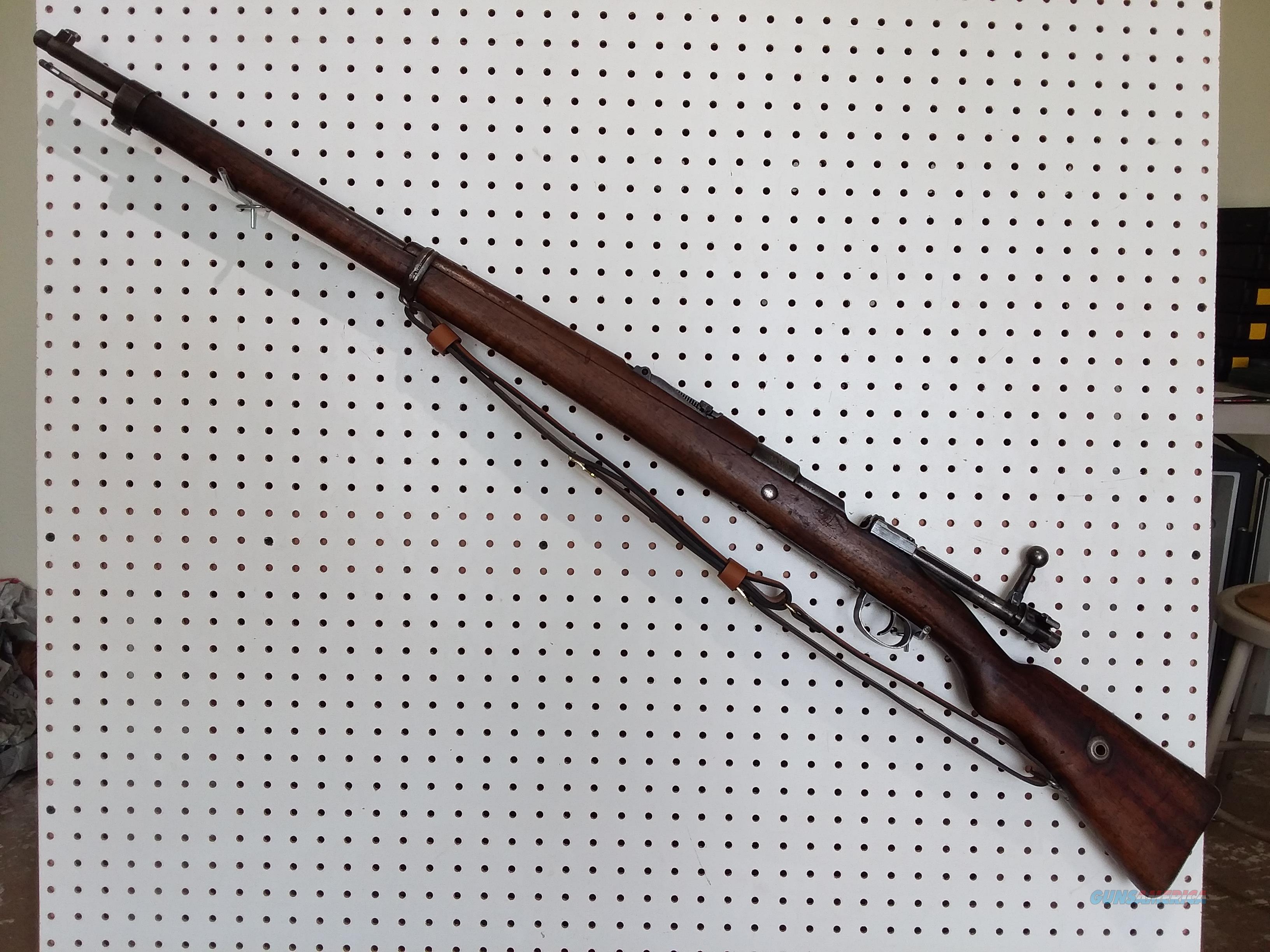
They initially used the 7.65mm Mauser cartridge, but changed to 7.9mm (8mm Mauser) in 1927 and retrofitted most of their rifles to this caliber (so for the advanced Turkish collector, 7.65mm guns are a treat to seek out). Turkey purchased new Mauser rifles of several designs, including the early 71/84 model, 1893 Spanish-model ones with magazine cutoffs, 1903 Gewehr 98 models, and more. What this means for us today is a fantastic number of models and variations to search out. They also maintained a pretty large military, stayed on top of the state-of-the-art in small arms technology, and had a proclivity for upgrading and updating weapons rather than sell them off. However, for the person with a deeper interest and understanding, I think Turkey is a fascinating country, straddling the Eastern and Western worlds, and the influences of Islam and Christianity. So for most people, Turkey is just a blank spot on the map that apparently produced nothing but beat-up Mausers covered in cosmoline. They stayed out of World War II completely, leaving them without that element of military history to become well known. Turkey (well, the Ottoman Empire) was on the losing side in World War I, and not many of its combat exploits are well known today (in popular culture, Gallipoli seems to have been the Australians against some faceless and anonymous foe). Many (most?) of the ones imported saw a long a rough service life, and are left in various states of wear that don’t do much to improve their general perception. Most folks think of Turkish rifles as junk, when they are in fact very well-made guns. Turkish rifles meet both of the basic criteria – a whole bunch came into the US, and not many people are interested in them. So what is the opportunity today for a collection funded by a loose change jar? Well, I think Turkey is a great one. Unless another big batch gets imported, the era of the $79 Mosin is history. That situation is still holding on to some extent, but its days are clearly numbered. Most of these imports are post-war refurbished 91/30 models, but lots of other models got swept up in the common perception of “cheap Mosins”, like the M38 and M44 carbines, PU snipers, Finn-capture M91s, and so on. Boatloads of Mosins came into the country, flooding the market and driving prices way down. Just a few years ago, Mosin Nagants were another great example of this. Those days have largely passed, though, as you’ll find out if you look for a Type 2 paratrooper or a Type 97 sniper.

He was able to assemble a pretty comprehensive collection or Arisakas and other Japanese arms without paying an arm and a leg because most folks just didn’t care much about them. Many years ago when my father started collecting guns, Japanese rifles were a great example of this niche. It’s all about supply and demand, so what we need to find are collecting niches where the supply (or perceived supply) is high and the general interest is low. I could sell my house and still not afford just this column of rifles (photo from the Bob Faris collection – click to enlarge)įortunately, there are still a bunch of opportunities for the collector on a budget.

We all love seeing (and pawing through, when given the opportunity!) the fantastic collections built up by gun collectors who have had the twin resources of time and money on their side, but few of us can afford to invest in that sort of undertaking.



 0 kommentar(er)
0 kommentar(er)
